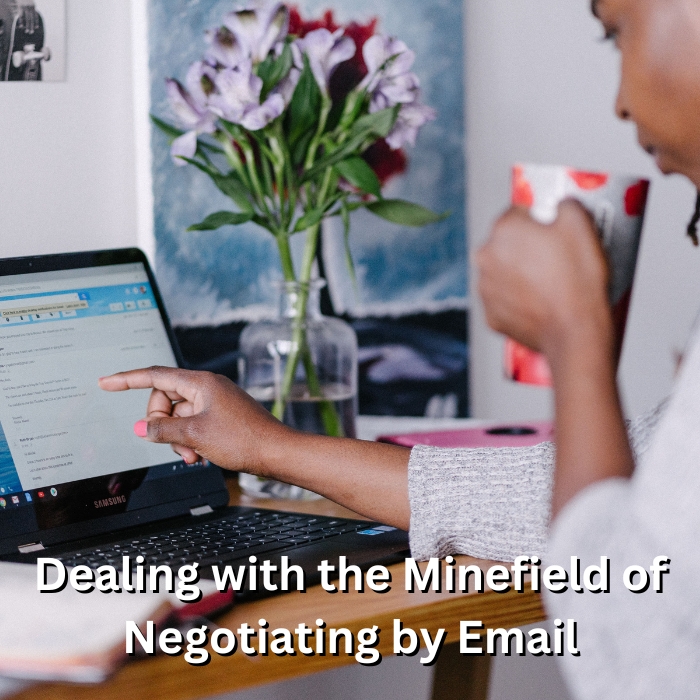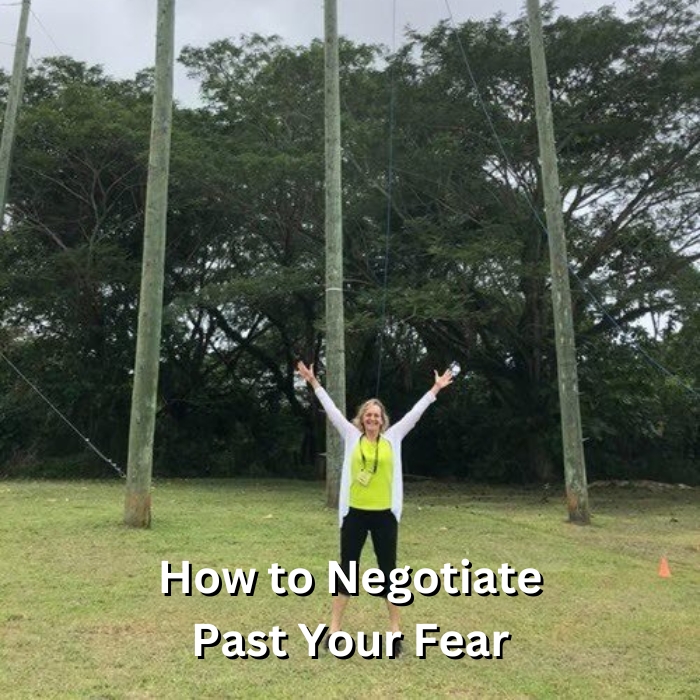No products in the cart.

Strange title, I know. No doubt it struck you as morbid. I’m sure it hit a few triggers. Indulge me if you will. I’ve been in California this week and we had two back to back earthquakes over two days. I’m not talking the little tremors you sometimes feel when in earthquake territory. I’m talking about the kind that rocks buildings and cracks walls. The kind where you’re directed to hide under desks and hold table legs … and when the shaking didn’t stop, finally got directed to evacuate the building … immediately. It was exciting and a little nerve-wracking, but the point of this article is this: I confess while cowering under the desk, I didn’t exactly have a ‘life-flash- before-my-eyes’ moment, but I definitely had a ‘have-I-lived-fully, loved-deeply, and made-a-difference’ moment. The people I love flashed through my mind and I scrambled to remember our last exchange. Did I tell them I loved them? Did I let them know they mattered? Did I empower them to live large and to be the best version of themselves? Did I (please no) make them feel smaller without intending to. You get the idea. So, I pose the question to you.
If today was your last day, are you ready?
Are you living each day fully on purpose and with purpose?
If not, why not? What are you waiting for? If today was your last day, would you leave this earth with regrets? If so, what can you do – now – to redress that? What steps can you take – today – to start to ensure that when your time comes, you go knowing you left nothing on the table. You did everything in your power to be your best self, to make a difference in the world and for those in your orbit, to love those around you and let them know without reservation that they’re loved. I’m asking you to consider what you would want to ensure you’d done … or said … and then go do it. Or at least figure out how to do it and make a plan to get it done. I’m asking you to do that now … as if there may not be a tomorrow.
We tend to be a death phobic society in North America.
This causes us to push away thoughts of our demise. Which in turn means that we don’t prepare properly, nor do we prepare those around us. I invite you to consider that this approach may be a big mistake. In fact, it may inhibit us from living the fullest version of our lives. Ironically, our fear of death may stop us from living. At the very least it typically stops us from discussing issues around death with our families and in so avoiding the issue we invariably leave a mess behind. Yvonne Heath addresses this debilitating pattern in her book, Love Your Life To Death. As a long-time nurse, working emergency to hospice over the course of her career, she saw first-hand the devastating effects of death phobia as it left behind unprepared grieving loved ones who were ill-equipped to handle death, or worse, who were left to fight about details which hadn’t been arranged in life. Death is part of the natural cycle of life. Heath posits that dealing with the ‘death discussion’ and preparing for it while we’re in our prime is a much healthier alternative with better results both in life and death and with better acceptance and adjustment for those left behind. Isn’t that a much more civilized and proactive way to deal with this inevitable issue? I loved the book when I read it a couple years ago, but my recent earthquake experience gave deeper resonance to the ideas. I’m going to reread it as soon as I get home (and suggest you do the same).
In the meantime, I encourage you to negotiate with yourself about your death. Know yourself. Be ruthlessly honest.
Ask yourself the following questions:
- How do I want to live my life?
- Who do I want to spend my valuable time with?
- How can I maximize my time to do the things I love most?
- What is my purpose?
- Am I living on purpose?
- If not, what can I do – now – to start?
- Where am I wasting valuable time and energy and what can I do to stop that pattern?
- Am I investing sufficiently in myself to be the best that I can be?
- Am I making a difference in this world?
- If not, what can I do – now – to start to do so?
- Do I let the people I care about know that every day?
- Who do I want to manage my estate when I die?
- Have I made arrangements for the disposition of my estate when I die, paying attention to the personal items that I may want distributed in a particular way (including to people in my life who I may not otherwise think to include in my will)?
- How do I want to die? Would I want life support, or would I want a ‘do not resuscitate’ and if it depends, then on what? Would I want the plug pulled and if so, in what circumstances?
- Do I want to be buried, cremated or otherwise?
- Do I want my body or organs to be donated? If so, are there limitations on that?
- Do the people in my life who would make these decisions know my wishes?
- Is there some message I’d want to leave behind for those I care about? If so, have I prepared it? If not, do so now.
You get the idea. This is but a tiny sampling of the kinds of questions we so often ignore in our avoidance of death and anything connected to it. Answering these questions is the first step to living your fullest, most purposeful and impactful life. It empowers you not just in death, but in inspiring you to live large in the present – to appreciate and maximize every moment of your now. Consider these things deeply, meaningfully and honestly. Negotiate with yourself about how to best live your life now and every day, but also how to have some control over your exit from this life. Talk about these things with the people you care about. Negotiate with them to ensure your wishes are known and will be respected. Make this subject natural and approach it with love and compassion. In so doing, your negotiations will pay off now, and when your time comes, and going forward for the people you most care about in this world. This may be one of the most important, productive and (ironically) life-changing negotiations you’ll ever have.









